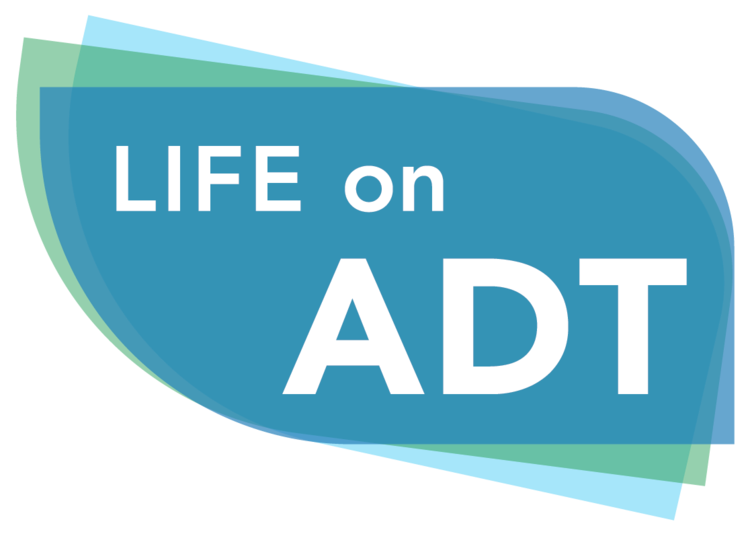A new paper written by a group of medical oncologist in Italy has the intriguing title “How to improve the quality of life of patients with prostate cancer treated with hormone therapy?“
How could we not love a paper on that topic?!
Well, we do love the paper because it has a remarkably valuable summary of the literature on the side effects of not just classic ADT agents, but also those agents when used in combination with abiraterone (Zytiga) or second generation anti-androgens; i.e., enzalutamide (Xtandi) apalutamide, (Erleada) and darolutamide (Nubequ). The paper includes a large and quite comprehensive table listing the well-documented ADT side effects, how they present, and management strategies.
In addition, there’s another table that outlines the side effects sorted by each drug. For patients who want to dig deeper, the text summarizes research from over 100 peer-reviewed studies that include information on the side effects of these drugs. In this table, one can find out what the odds are of getting osteoporosis, hot flashes, and major cardiac events, from prolonged use of ADT.
The paper is particularly timely since there is growing evidence that using these drugs in various combinations has survival benefit. It also points out that many combinations intensify common ADT side effects. This means in the future, patients will more often be prescribed a combination of ADT drugs and therefore will have more intense side effects for a longer amount of time. That makes managing the side effects in a timely fashion—before the side effects become intractable—even more important.
It is on the management side of the side effects that the paper frustrates us. The authors perspective is strictly on the patient. The psychosocial side effects of the drugs are not mentioned. The authors acknowledge that the drugs can influence patients’ intimate relationship(s), yet nothing is said about how to manage negative impacts on patients’ partners or their partnerships in general.
As an overall management strategy, the authors promote using ADT intermittently or delay starting patients on ADT. However, that isn’t really managing drug side effects. Rather, it is simply avoiding using the drugs.
The management strategies that are offered are not as extensive as they could be. For example, although it is an off-label use, there is now published data that transdermal estradiol can reduce the risk of osteoporosis. But this isn’t mentioned in the article.
It is particular frustrating that what the researchers label as “management” in the table of “adverse events associated with hormone therapies” is not management, but really just monitoring the risk. That is what’s offered for both cognitive effects and renal toxicity. Monitoring is not the same as mitigating, once the side effects emerge.
For sexual dysfunction, the first management strategy offered is “appropriate pre-treatment counselling”. Sadly, research to show what is “appropriate” (i.e., what is effective) in the way of pre-treatment counselling for sexual function is not well established.
And so, here we have it–a great review of the problems, but not necessarily an advance on ways to improve patients’ quality of life on ADT!
Turco, F., Di Prima, L., Pisano, C., Poletto, S., De Filippis, M., Crespi, V., ... & Buttigliero, C. (2023). How to improve the quality of life of atients with Prpostate cancer treated with hormone therapy? Research and Reports in Urology, 9-26.
